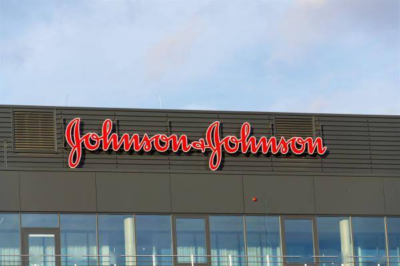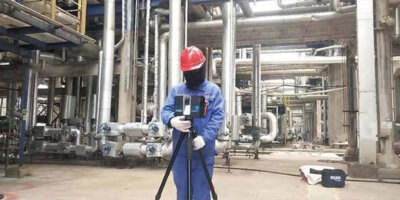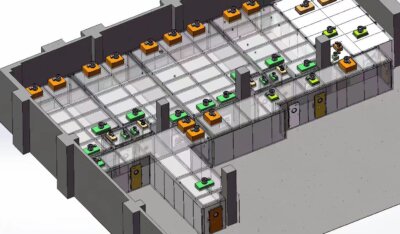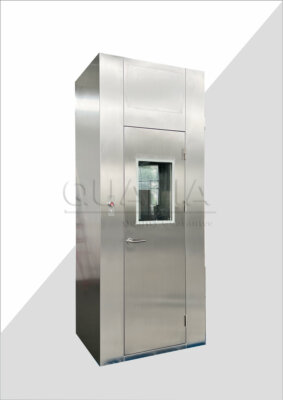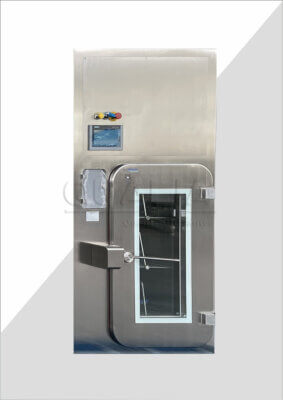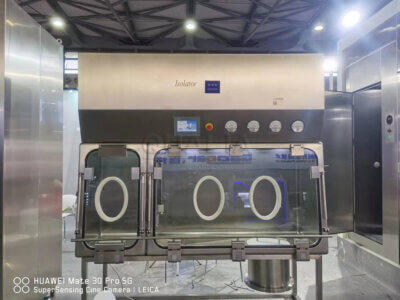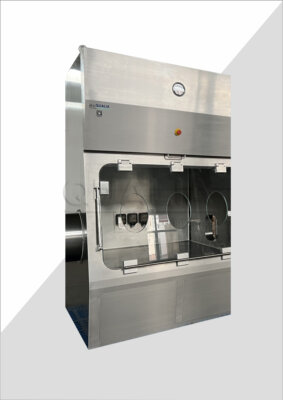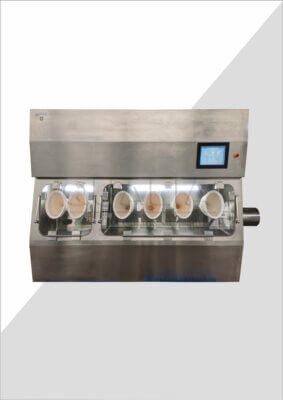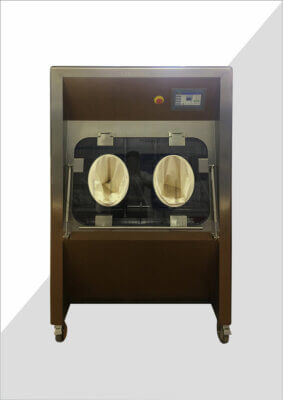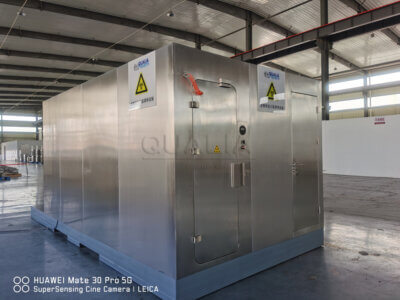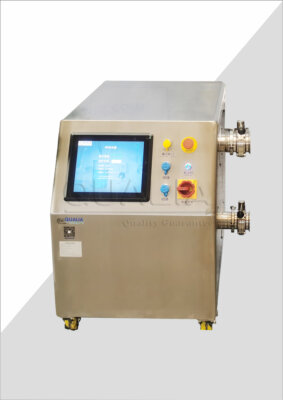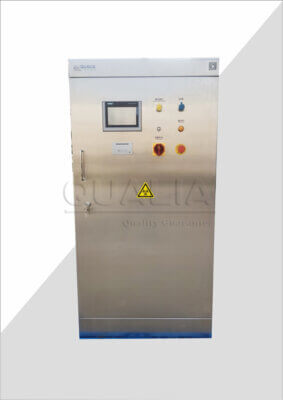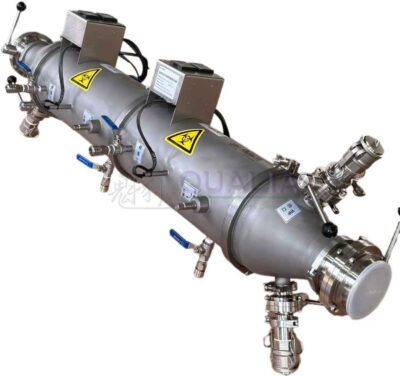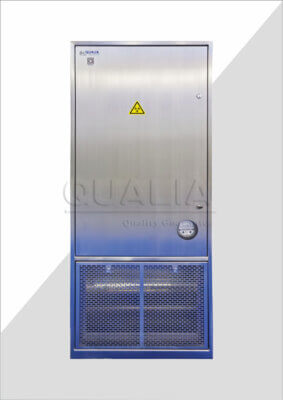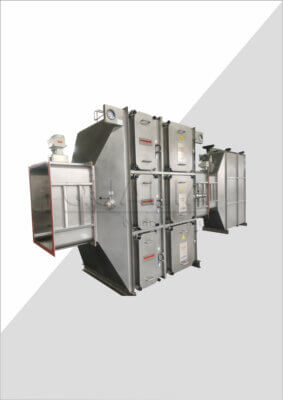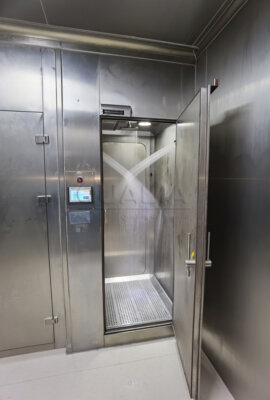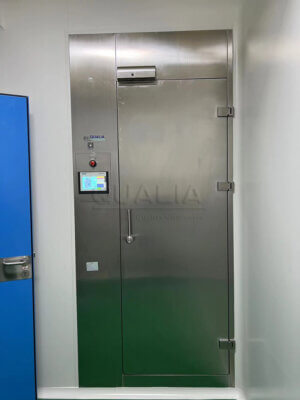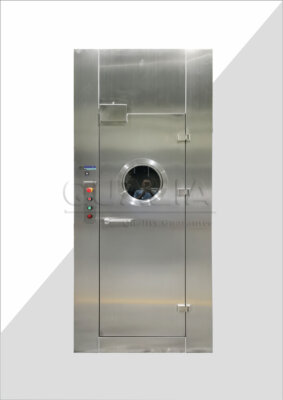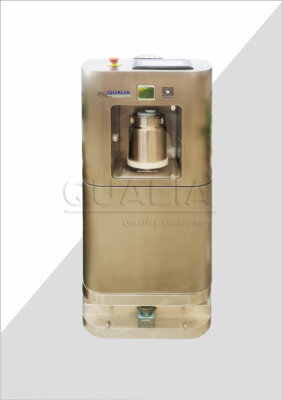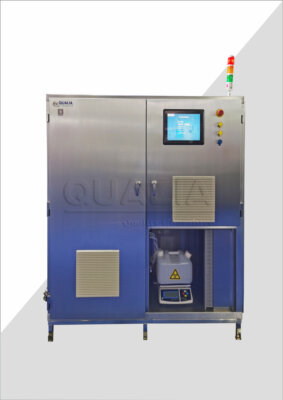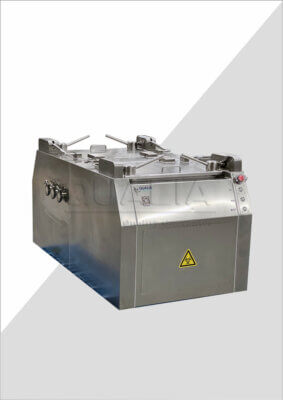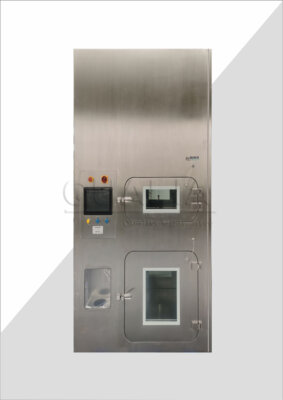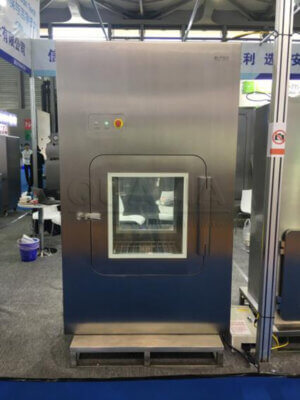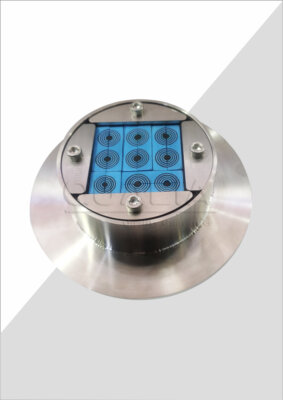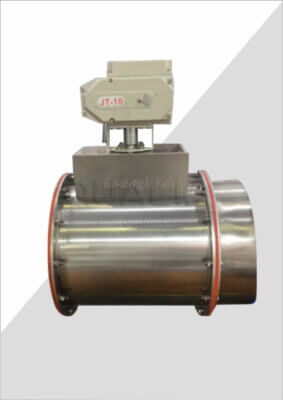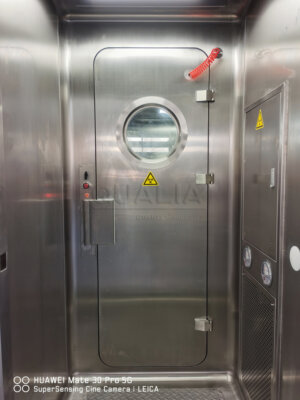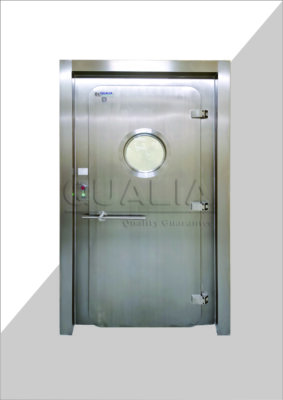When it comes to maintaining the pristine environment of a cleanroom, the walls are more than just a structural element; they are a critical component in ensuring the space remains contamination-free and highly controlled. One of the key factors in selecting the right cleanroom wall panels is their thickness, as it directly impacts their durability, functionality, and compliance with stringent cleanliness standards. Let's delve into the world of cleanroom panels and explore the various thicknesses and types available, making it easier for you to choose the perfect fit for your QUALIA cleanroom.
Liner Panels: A Cost-Effective Solution
For those looking to update existing facility walls without a full renovation, liner panels are an excellent choice. These panels, typically ½ inch (13mm) thick, consist of steel or aluminum skins bonded to an aluminum honeycomb core. This design allows them to be attached to existing walls, giving them the same finish and appearance as newly constructed ones.
Studless Wall Panels: Robust and Versatile
Studless wall panels offer a more robust solution, often used for perimeter, interior, and air return walls. These panels are 2 inches (51mm) thick and feature rolled-edge top and bottom steel or aluminum skins bonded to an aluminum honeycomb core. They include an aluminum perimeter frame for additional support and space for utility runs such as light switches and electrical outlets.
Honeycomb Panels: Lightweight Yet Sturdy
Honeycomb panels are renowned for their lightweight yet sturdy construction. These panels, usually ½ inch thick, have a core made of honeycomb-structured material, typically aluminum, sandwiched between two outer metal skins. This design provides an excellent strength-to-weight ratio, making them ideal for cleanrooms with limited load-bearing capacity.
Aluminum/Poly and FRP Panels: Durable and Corrosion-Resistant
For added durability and corrosion resistance, consider aluminum/poly or fiberglass reinforced plastic (FRP) panels. Aluminum/poly panels are ¼ or ½ inch thick, with .032" thick white painted aluminum skins on either one side or both sides of a .400" thick fluted polypropylene core. FRP panels, also ¼ or ½ inch thick, feature .030"-.090" thick smooth white FRP skin mounted on a .400" thick fluted polypropylene core, offering inherent corrosion resistance and high strength-to-weight ratio.
Insulated Metal Panels: Thermal Insulation and Durability
Insulated metal panels are another popular choice, known for their excellent thermal insulation properties and robust durability. These panels consist of an insulating core sandwiched between metal facings, providing strong and sturdy walls that can be used for partitions, external walls, and even ceilings. They are particularly ideal for environments with specific temperature and humidity requirements.
Sealing the Deal: Silicone Caulking vs. Chemical Cold Weld
The seams of these panels can be sealed using either silicone caulking or a chemical cold weld. Silicone caulking offers a cost-effective solution that allows for easy installation and removal, making it perfect for environments where access to utilities behind the walls is necessary. On the other hand, chemical cold welding provides a smooth, seamless surface, ensuring a high level of cleanliness and stability, ideal for environments with strict cleanliness requirements.
In conclusion, the thickness and type of cleanroom panels are crucial in creating a controlled and hygienic environment. Whether you opt for liner panels, studless wall panels, honeycomb panels, or other types, each has its unique advantages and applications. By choosing the right thickness and material for your QUALIA cleanroom, you ensure compliance with industry standards and maintain the integrity of your controlled space.
Related Contents:
- How Thick Are the Walls in a Cleanroom?
- What is the Difference Between Stick Built and Modular Cleanrooms?
- How to Design a Cleanroom?
- What Plastics are Cleanroom Safe?
- What is Cleanroom IQ? Understanding the Crucial Stages of Cleanroom Qualification
- Double-Chamber VHP Passbox: Enhancing Efficiency and Flexibility
- What is the Cleanest Cleanroom Class?
- What is a Modular Cleanroom?
- Ensuring Sterility and Safety: A Deep Dive into QUALIA’s ShowerSeries

